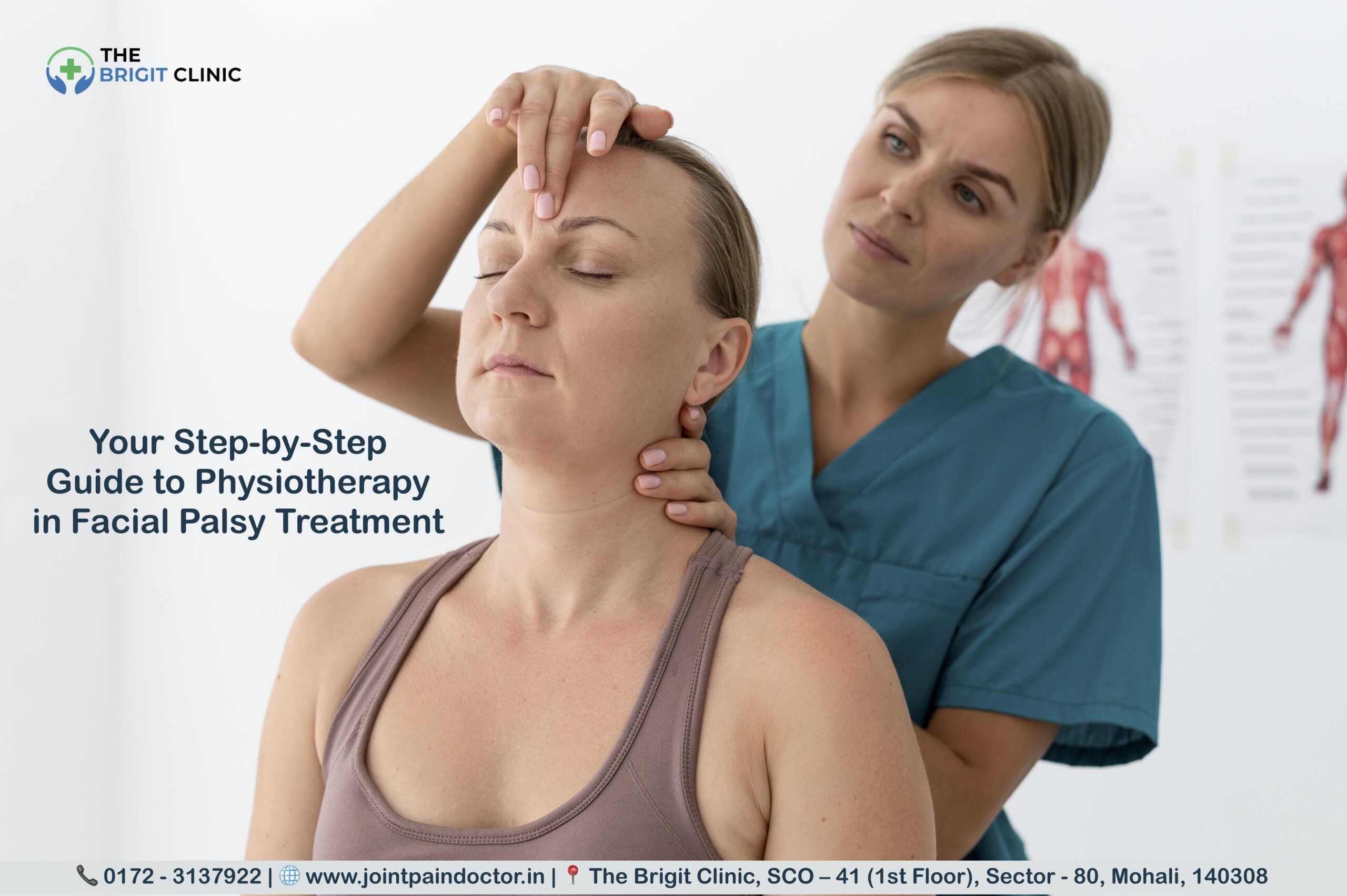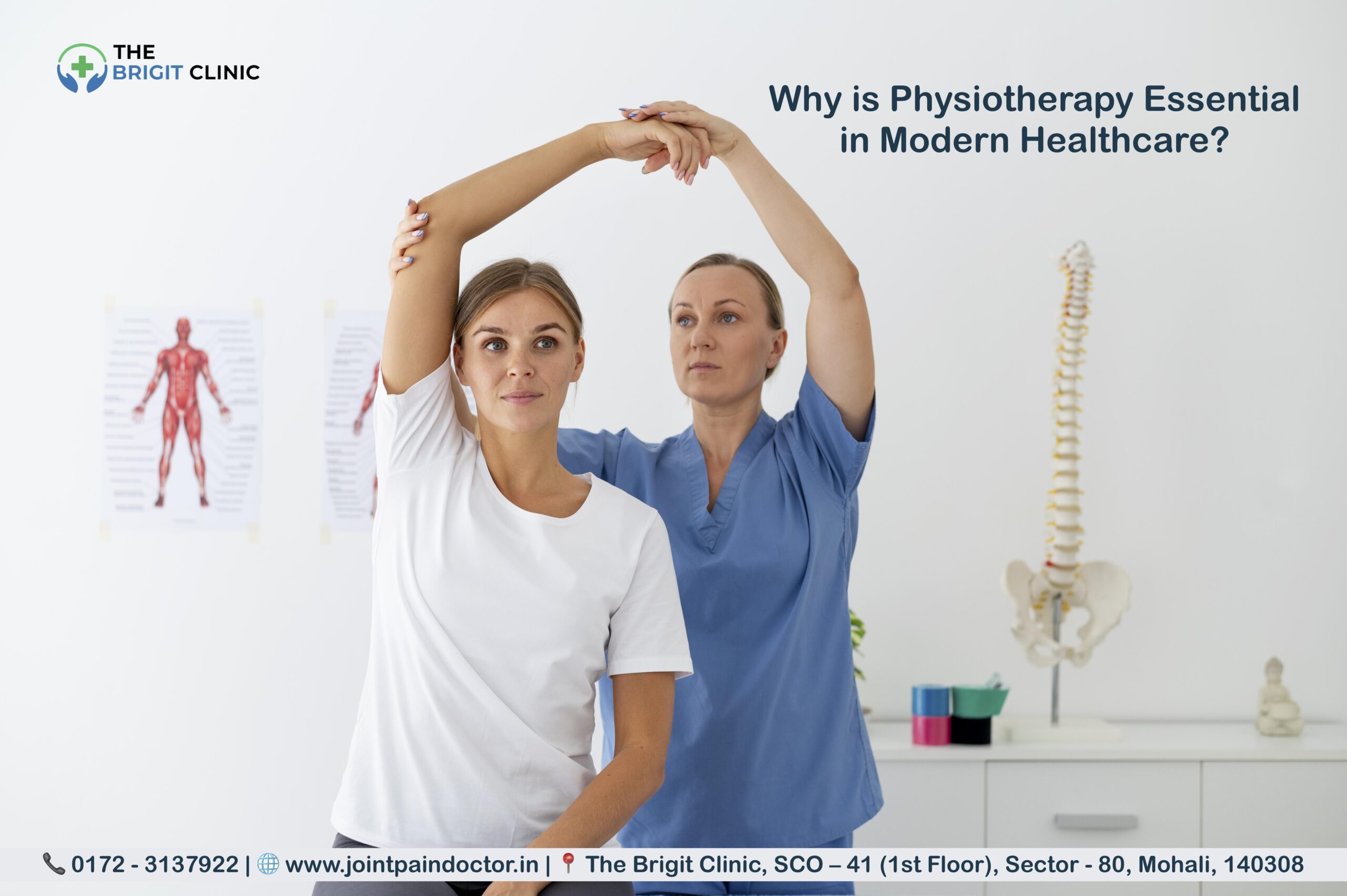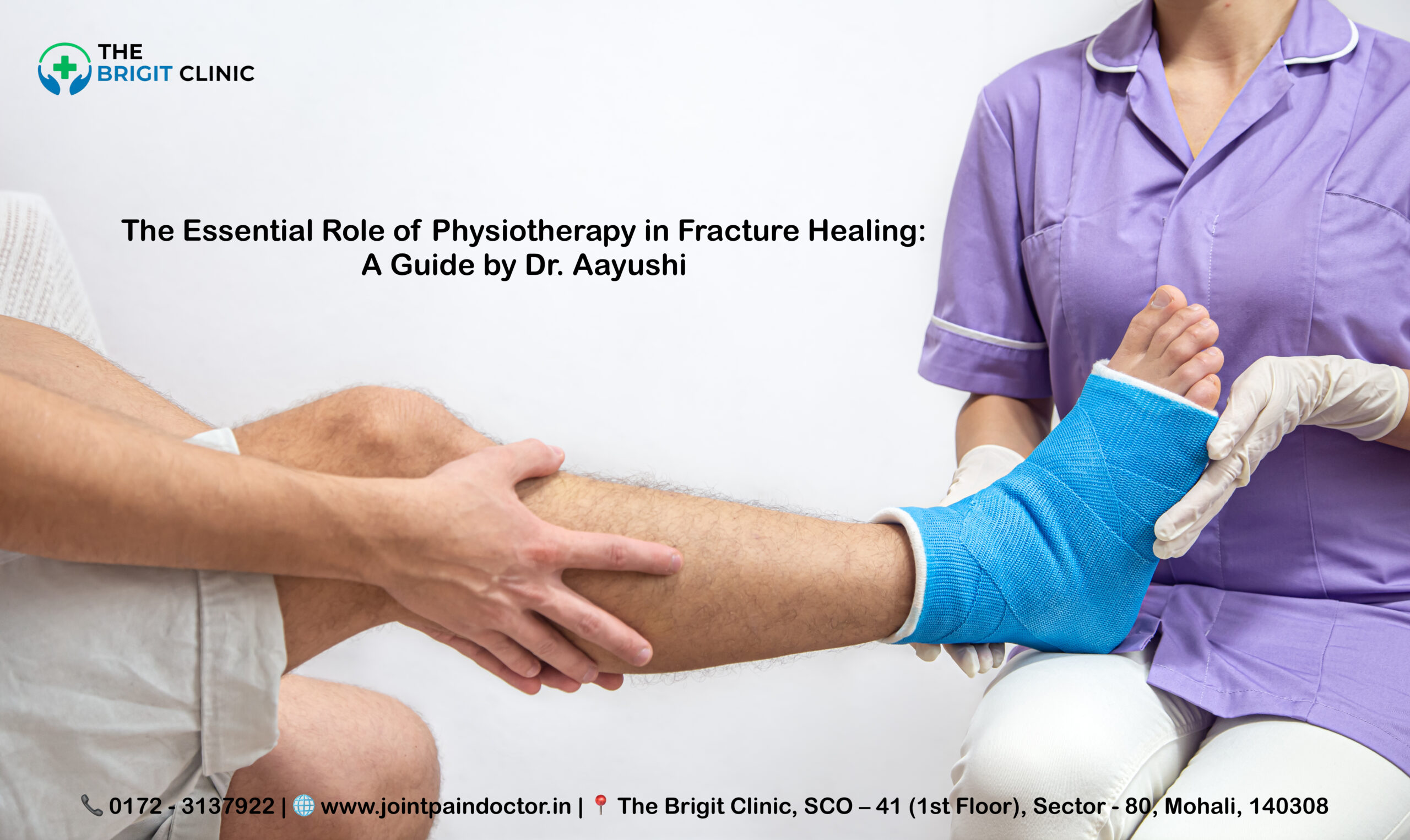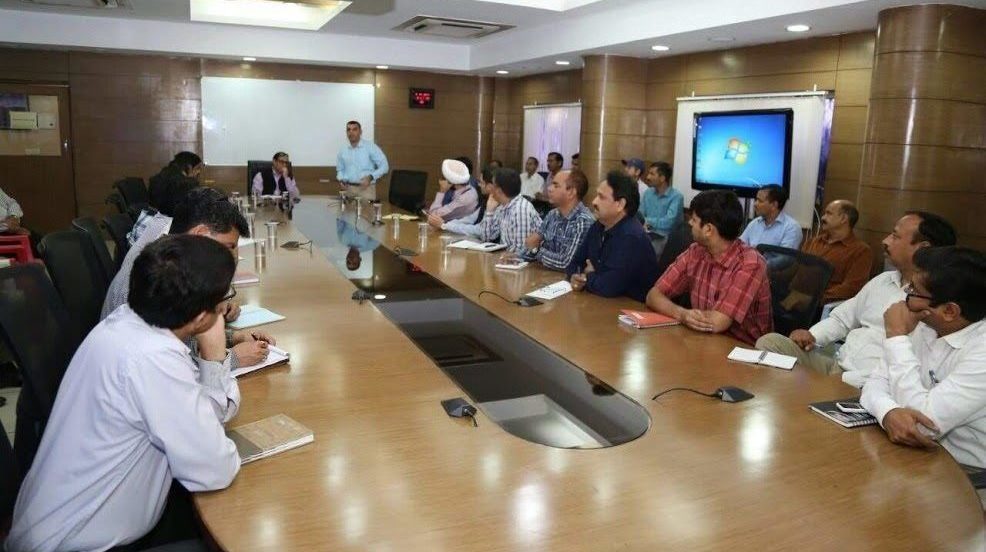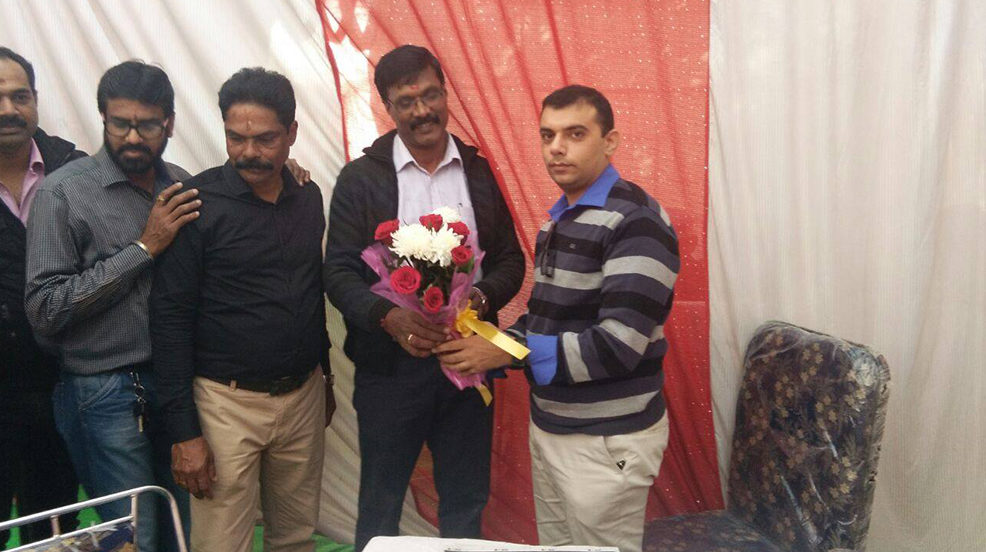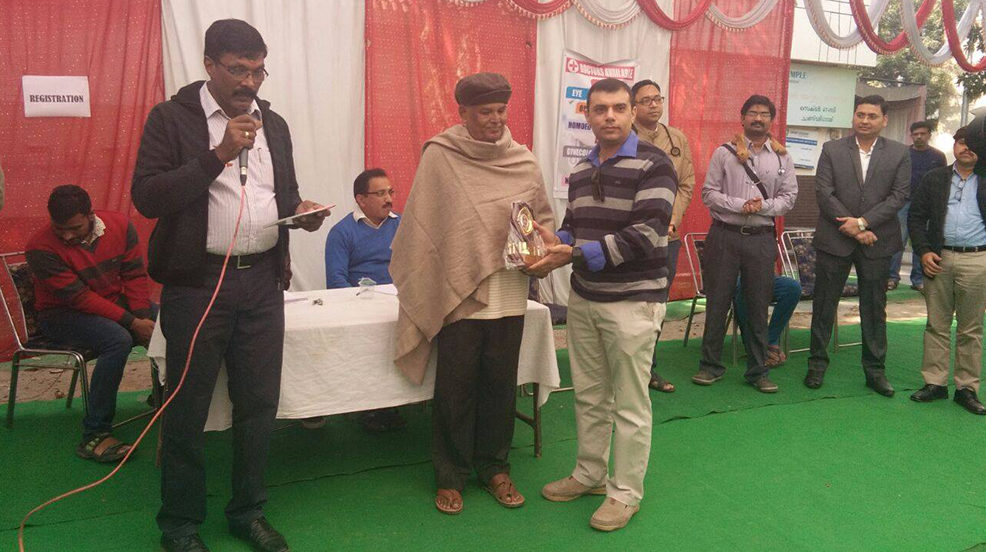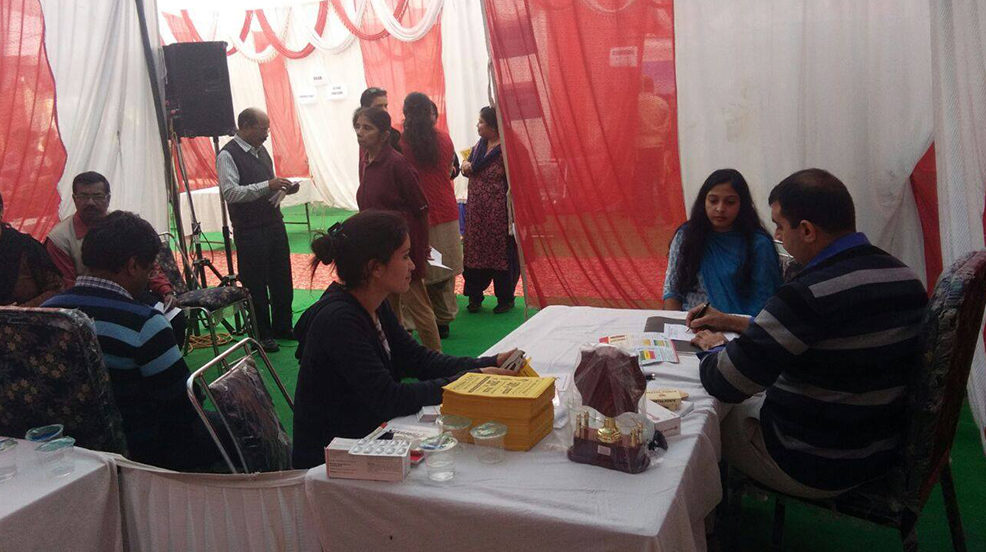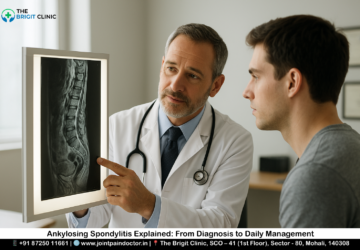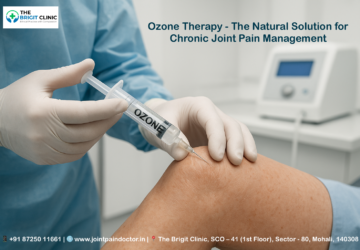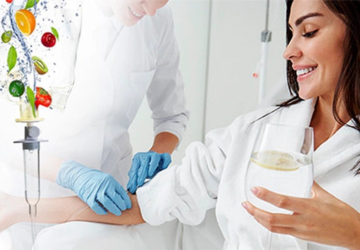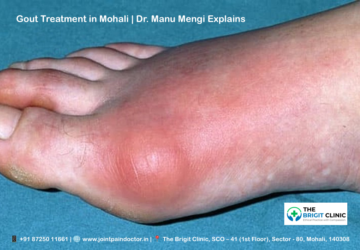The effect of mirror therapy on hemiplegia patients represents a breakthrough in stroke rehabilitation. At least 85% of stroke patients experience hemiplegia, with upper-extremity function damaged in at least 69% of cases. Unfortunately, only 5 to 20% of stroke survivors attain complete functional recovery of their affected upper extremity.
In our search for more effective rehabilitation techniques, mirror therapy has emerged as a promising approach for hemiplegia. This technique has shown significant results, particularly in improving paretic upper-extremity function and activities of daily living in chronic stroke patients. Additionally, studies have demonstrated that combining mirror therapy with conventional treatments significantly improves manual dexterity, grasping, and transfer performance.
Throughout this guide, we will explore how mirror therapy works, examine the clinical evidence behind its effectiveness, and provide practical guidelines for implementing this therapy. Whether you’re a healthcare professional or someone affected by stroke, we’ll help you understand how mirror therapy can potentially transform the journey from paralysis to movement.
Understanding Hemiplegia and the Need for Upper Limb Recovery
Hemiplegia dramatically changes lives by causing paralysis on one side of the body, often resulting from damage to the brain or spinal cord. This devastating condition affects the face, arm, and leg on one side, with varying degrees of severity that can profoundly impact independence and quality of life.
What is hemiplegia and how it affects daily life
Hemiplegia manifests as weakness or complete paralysis on either the right or left side of the body. It frequently occurs after stroke, traumatic brain injury, or other central nervous system disorders that impair motor control. The condition can cause muscle weakness, stiffness, poor coordination, and sensory deficits on the affected side.
The impact on daily life is substantial. Patients often struggle with:
- Basic self-care activities like dressing, eating, and personal hygiene
- Maintaining balance and walking safely
- Grasping and manipulating objects
- Fine motor skills needed for writing or buttoning clothes
- Speech and communication (if facial muscles are affected)
Furthermore, hemiplegia can lead to secondary complications including joint deformities, contractures, and pressure sores if not properly managed through rehabilitation. These physical limitations frequently cause emotional distress, anxiety, and decreased perception of health-related quality of life.
Why upper limb function is critical in stroke recovery
While 75-83% of surviving stroke patients regain walking ability, upper limb recovery presents a more challenging journey. This discrepancy exists because arm function requires complex coordination of muscles from shoulder to fingertips for grasping, holding, and manipulating objects.
Upper limb function plays an essential role in recovery for several reasons. First, most personal-care tasks and meaningful activities require bi-manual function—the cooperation of both hands working together. Without this ability, independence is severely compromised.
Second, studies show that arm motor impairment one year after stroke is associated with anxiety and poorer perception of health-related quality of life. Despite this importance, many stroke survivors report that upper limb rehabilitation receives less attention than lower limb mobility, especially after hospital discharge.
Consequently, about 40% of stroke survivors are left with a persistent lack of function in the upper limb, causing significant disability. Given that problems with arm function remain in 55% to 75% of patients three to six months post-stroke, improved rehabilitation approaches are urgently needed.
Challenges in traditional rehabilitation methods
Traditional rehabilitation approaches face several key limitations. Primarily, they often fail to fully restore complex functional independence in activities of daily living. While basic motor function may improve, the sophisticated coordination required for daily tasks remains elusive.
Another obstacle is the generalized nature of conventional therapies. Despite individualized treatment plans, traditional approaches may lack precision in targeting specific neural pathways or muscle groups. This can limit effectiveness for patients with complex impairments.
Moreover, rehabilitation plateaus commonly occur, where patients reach a point in recovery where progress becomes minimal. This plateau effect happens because conventional methods may inadequately stimulate neuroplasticity—the brain’s ability to form new neural connections crucial for ongoing recovery.
The rehabilitation landscape faces additional challenges including therapy monotony leading to decreased patient engagement, insufficient therapy duration, and service shortages. Many patients report dissatisfaction with the limited focus on arm recovery, especially after hospital discharge when community services become infrequent.
These limitations highlight why innovative approaches like mirror therapy deserve exploration—potentially offering new pathways to recovery where traditional methods have fallen short.
What is Mirror Therapy and How It Works
Mirror therapy stands as a remarkably simple yet powerful approach in stroke rehabilitation, offering hope to patients with limited or no voluntary movement in their affected limbs. This innovative technique uses visual illusions to stimulate the brain and promote recovery in ways traditional therapy cannot match.
Basic concept of mirror therapy
Mirror therapy (MT) employs a mirror placed in a patient’s midsagittal plane (the middle of the body), reflecting the non-paretic side as if it were the affected side. The unaffected limb performs movements while the affected limb remains hidden behind the mirror. As the patient looks into the mirror, they see the reflection of their healthy limb moving, creating a compelling illusion that their affected limb is also moving normally.
Clinicians typically implement this using a “mirror box” – a simple device with a mirror positioned vertically in the center. The affected limb is placed behind the mirror while the unaffected limb moves in front of it. This setup creates visual feedback that appears to show both limbs functioning properly, even though one remains still.
Unlike conventional rehabilitation methods requiring some degree of voluntary movement, MT can benefit completely plegic or severely paretic stroke survivors since it relies on visual rather than somatosensory stimuli. This makes it uniquely valuable for patients in early recovery stages.
Role of visual feedback and mirror neurons
The effectiveness of mirror therapy hinges on how our brains process visual information. The technique cleverly exploits the brain’s natural tendency to prioritize visual feedback over proprioceptive feedback regarding limb position. Through this mechanism, the brain receives information that appears to show normal movement in the affected limb.
Central to this process is the mirror neuron system (MNS) – specialized cells that fire both when performing an action and when merely observing that same action. These mirror neurons, comprising approximately 20% of all neurons in the human brain, are activated during MT sessions.
The MNS resides primarily in the frontotemporal region and superior temporal gyrus, discharging during goal-oriented hand actions or observation of similar actions. This action-observation facilitates the corticospinal pathway, thereby improving motor function by eliciting mental imagery and inducing motor learning.
In essence, watching the mirror image activates the same neural pathways that would normally control actual movement in the affected limb. This visual stimulation serves as a powerful surrogate for direct motor control.
Mirror Therapy & Neuroplasticity explained
Neuroplasticity – the brain’s remarkable ability to reorganize itself by forming new neural connections – forms the foundation of recovery after stroke. Mirror therapy directly stimulates this process through consistent visual feedback.
During MT sessions, multiple brain regions become engaged: the occipital lobe, dorsal frontal area, corpus callosum, bilateral premotor cortex, primary motor cortex, primary somatosensory cortex, and cerebellum. This widespread activation promotes reorganization and enhanced function in the damaged brain areas.
The motor areas of the lesioned hemisphere receive visuo-motor processing information through the parieto-occipital lobe. Meanwhile, the damaged motor cortex responds to mirror therapy in ways that may stimulate true motor recovery.
Additionally, MT helps normalize balance between the hemispheres after stroke by modulating the excitability of the primary motor cortex. Both the attempted movement of the affected limb and the passive observation of the mirror reflection influence motor cortex excitability.
Perhaps most importantly, mirror therapy helps prevent or reverse “learned non-use” of the paretic limb – a phenomenon where patients stop attempting to use the affected limb due to repeated failure. By providing positive visual feedback, MT reminds the brain of the limb’s potential function and encourages renewed efforts toward recovery.
Clinical Evidence: Effectiveness of Mirror Therapy in Stroke Patients
Multiple clinical studies validate mirror therapy’s effectiveness for stroke patients with hemiplegia. Research consistently shows this simple, cost-effective approach yields measurable improvements in several key areas of recovery.
Improvement in motor control and coordination after stroke
Scientific evidence indicates mirror therapy has a significant positive effect on motor function (SMD 0.47) and motor impairment (SMD 0.49) based on moderate-quality evidence. In practical terms, patients receiving mirror therapy show better recovery of the affected upper extremity compared to those receiving only conventional rehabilitation.
Randomized controlled trials demonstrate that patients undergoing mirror therapy alongside conventional treatment show significantly improved Fugl-Meyer Assessment Upper Extremity (FMA-UE) scores. According to one study, both experimental and control groups had continuous improvement in FMA-UE scores over time, but the experimental group receiving mirror therapy showed significantly higher scores after just 2-4 weeks of intervention.
For chronic stroke patients specifically, mirror therapy significantly enhances motor ability in the upper extremity as evidenced by multiple clinical trials. The improvements extend beyond simple movements to include complex coordination tasks necessary for everyday functioning.
Functional outcome after Mirror Therapy
Regarding functional outcomes, mirror therapy shows clear benefits for improving manual dexterity, gross and fine motor movements, and proximal motor control. Studies report improved speed in upper limb movements after just one session of intensive mirror therapy.
Importantly, bimanual mirror therapy (using both hands) shows more significant improvement than unimanual approaches. Research indicates a significant difference in motor function (0.298) in favor of bimanual mirror therapy compared with controls, whereas no significant effect was found for unimanual mirror therapy.
Activities of daily living improvement after Mirror Therapy
The impact on daily functioning presents one of the most compelling arguments for mirror therapy. Moderate-quality evidence shows mirror therapy improves activities of daily living (SMD 0.48). These improvements remain stable over time, with benefits maintained for up to six months post-treatment.
Self-care abilities specifically show statistically significant differences between mirror therapy and control groups. In fact, patients receiving mirror therapy demonstrated functional ability scores 0.92 units higher than those receiving only conventional therapy.
Grip strength improvement with Mirror Therapy
Numerous studies report improved grip force following mirror therapy interventions. This improvement in hand strength translates to better ability to manipulate objects in daily life. Beyond raw strength, mirror therapy enhances hand dexterity as measured by assessments like the Box and Block Test, which shows significant improvements for experimental groups following treatment.
Notably, these grip strength improvements occur alongside enhancements in tactile sensation and temperature discrimination, addressing both motor and sensory deficits simultaneously.
Designing a Mirror Therapy Program for Hemiplegia
Creating an effective mirror therapy program requires careful attention to several key elements. Structuring sessions appropriately can maximize neuroplastic changes and functional recovery for hemiplegia patients.
Duration & frequency of Mirror Therapy sessions
Research indicates varying optimal dosages for mirror therapy. Most successful studies implement 4-week intervention periods with 3-5 sessions weekly. Individual sessions typically range from 15-50 minutes, with some studies suggesting 35 minutes daily as the maximum tolerable dose when frequency is set at seven days per week. For lower extremity treatment, sessions commonly last between 15 minutes and 1 hour for 5-6 days weekly. Overall intervention periods vary from 1-8 weeks, with 50% of studies using a 4-week timeframe.
Rehabilitation exercises for hemiplegic arm
Mirror therapy exercises generally fall into two categories:
- Simple movements: Wrist extension, finger flexion/extension, and forearm rotation
- Complex movements: Reaching, grasping, and object manipulation
The mirror setup typically uses either mirror boxes (3D structures hiding the affected limb) or mirror frames placed vertically between arms. Patients observe the unaffected limb’s reflection while attempting to move both limbs simultaneously.
Task-oriented training with Mirror Therapy
Task-oriented mirror therapy substantially outperforms simple mirror exercises for improving upper extremity function. Initially, studies comparing simple movement-based MT versus task-oriented MT revealed that patients receiving task-oriented training maintained improvements even after therapy conclusion, whereas gains from simple MT weren’t sustained. Task-oriented exercises involve functional movements associated with daily living activities, providing more meaningful context for neural reorganization.
Combining Mirror Therapy with conventional physiotherapy
Combining mirror therapy with conventional rehabilitation yields the most positive outcomes. One effective approach uses MT as “priming” for task-specific training, producing meaningful clinical improvements in upper extremity function and occupational performance. Some studies implement MT as a self-administered home therapy complementing clinic-based rehabilitation, with successful protocols including 2 weekly clinic sessions plus 4 weekly home sessions.
Nevertheless, evidence regarding combining MT with electrical stimulation remains inconclusive, highlighting the need for further high-quality research on integrated approaches.
Advanced Approaches and Future Directions
Innovative approaches are enhancing mirror therapy’s potential beyond its traditional applications. These advancements offer new possibilities for patients with varying needs and recovery stages.
Virtual reality & Mirror Therapy combination
Virtual reality (VR) takes mirror therapy to new heights by creating immersive environments that stimulate motor learning and neuroplasticity. This VR-based mirror therapy (VRMT) displays a reversed image of the unaffected limb in a virtual space. Importantly, VR offers a significantly larger movement area compared to conventional mirrors. Studies indicate that combining these approaches yields promising results, with gamified sessions proving particularly motivating for patients. Although SUS ratings vary across studies, most patients find VRMT both acceptable and engaging.
Difference between Mirror Therapy & motor imagery
While both techniques harness visual processing, their applications differ substantially. Motor imagery (MI) requires patients to mentally rehearse movements without physical execution. Research reveals MI works better for patients with mild cognitive impairment, whereas mirror therapy proves more effective for those with severe cognitive deficits. For phantom limb pain, both approaches reduce discomfort, yet mirror therapy demonstrates superior improvement (7.07±1.74 to 2.74±0.77) compared to mental imagery (7.85±0.76 to 5.87±1.41).
Limitations and considerations for different patient types
Despite promising results, several challenges persist. Some patients experience cybersickness with VR implementations. Clinicians report difficulty identifying appropriate candidates and developing stage-specific goals. Likewise, user preference for familiar therapies sometimes limits adoption of new techniques. Technical limitations of current systems, including hardware constraints, may also reduce effectiveness.
Conclusion
Mirror therapy stands as a remarkable breakthrough in stroke rehabilitation, offering hope where traditional approaches often fall short. Throughout this guide, we’ve explored how this simple yet powerful technique can transform recovery journeys for hemiplegia patients. The evidence clearly demonstrates significant improvements in motor control, functional outcomes, daily living activities, and grip strength when mirror therapy is implemented properly.
Undoubtedly, the success of mirror therapy lies in its ability to harness neuroplasticity through visual feedback. Rather than requiring initial voluntary movement, this approach cleverly engages mirror neurons and stimulates brain reorganization. This makes it particularly valuable for patients with severe paralysis who might otherwise have limited rehabilitation options.
Setting up an effective mirror therapy program requires careful attention to duration, frequency, and exercise selection. Most successful protocols implement 3-5 weekly sessions over a 4-week period, with each session lasting 15-50 minutes. Additionally, task-oriented training shows superior long-term benefits compared to simple movements, especially when combined with conventional physiotherapy.
Emerging technologies like virtual reality further expand mirror therapy’s potential by creating immersive environments that enhance engagement and motivation. Still, clinicians must consider individual patient factors when selecting the most appropriate approach.
Despite challenges in implementation and some technical limitations, mirror therapy represents a cost-effective, evidence-based intervention that deserves consideration in comprehensive rehabilitation programs. For stroke survivors and their caregivers, this approach offers a tangible path from paralysis to movement, potentially restoring function and improving quality of life when traditional methods have reached their limits.
Key Takeaways
Mirror therapy offers a revolutionary approach to stroke rehabilitation, using visual illusions to stimulate brain recovery and restore function in paralyzed limbs.
• Mirror therapy works by reflecting the healthy limb’s movement, tricking the brain into believing the paralyzed limb is moving normally
• Clinical evidence shows significant improvements in motor control, daily living activities, and grip strength within 2-4 weeks of treatment
• Optimal programs include 3-5 sessions weekly for 4 weeks, with 15-50 minute sessions focusing on task-oriented exercises
• Unlike traditional therapy, mirror therapy benefits completely paralyzed patients since it relies on visual rather than physical movement
• Combining mirror therapy with conventional rehabilitation yields the best outcomes for long-term functional recovery
This breakthrough technique harnesses neuroplasticity through mirror neurons, offering hope to the 85% of stroke patients who experience hemiplegia. By providing positive visual feedback, mirror therapy helps prevent learned non-use and encourages the brain to rebuild neural pathways essential for movement recovery.
FAQs
Q1. How does mirror therapy work for stroke patients with hemiplegia?
Mirror therapy creates a visual illusion by reflecting the movement of the unaffected limb, tricking the brain into believing the paralyzed limb is moving normally. This stimulates brain regions responsible for movement and sensation, promoting neuroplasticity and functional recovery.
Q2. What are the benefits of mirror therapy for stroke rehabilitation?
Mirror therapy has shown significant improvements in motor control, functional outcomes, daily living activities, and grip strength. It can benefit even completely paralyzed patients and helps prevent learned non-use of the affected limb.
Q3. How long and how often should mirror therapy sessions be conducted?
Most successful mirror therapy programs implement 3-5 sessions weekly for 4 weeks, with each session lasting 15-50 minutes. However, the exact duration and frequency may vary based on individual patient needs and recovery stages.
Q4. Can mirror therapy be combined with other rehabilitation techniques?
Yes, combining mirror therapy with conventional physiotherapy often yields the best outcomes. It can be used as a “priming” technique before task-specific training or as a complementary home-based therapy alongside clinic sessions.
Q5. Are there any advanced approaches to mirror therapy?
Virtual reality-based mirror therapy (VRMT) is an innovative approach that creates immersive environments for motor learning. While it offers larger movement areas and can be more engaging, some patients may experience cybersickness. The choice between traditional mirror therapy and VRMT depends on individual patient factors and preferences.

